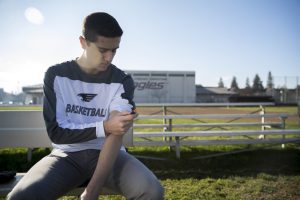
Nick LeBlanc shares personal story
As my 12 year anniversary of being diagnosed with type 1 diabetes has come, I look back on how it has impacted my life. As the carefree days of eating are well behind me, my life currently revolves around analyzing my blood sugar while also calculating the carbohydrates in my food.
At the age of five, my parents sensed that something was wrong with me. While away on vacation, I experienced unusual thirst and constant bathroom trips. My suspicious behavior peaked my parents’ concern and they took me to see my local pediatrician as soon as we got back in town. On Feb. 4, 2005, the doctor confirmed our suspicions: I had type 1 diabetes. A wave of emotions hit my parents, but I was unaware of what difficulty laid before me.
Although my symptoms were pretty common, my mom, Lucy LeBlanc was still stunned when informed that I was diagnosed.
“The day Nick was diagnosed is one I’ll always remember,” Lucy said. “Though his symptoms were unmistakable, I was nonetheless stunned when the doctor told us he had type 1 diabetes. I was filled with fear as I tried to grasp what this diagnosis meant for Nick’s future.”
As a kindergartner, the level of responsibility that had been forced upon me was far past my capability. To this day I still remember crying due to the pain of the needles and refusing to take my shots due to fear. I remember questioning God as to why he gave me this disease. However, as the years progressed, my mindset towards diabetes shifted. I started to develop a positive view and realized that diabetes would not define me but would rather be just another part of my life.
When I was first diagnosed, my family, friends and I all participated in JDRF walks. These walks were created to help raise money and awareness for anyone diagnosed with diabetes. As a way to make the walks more memorable, I personally designed the team t-shirts, with a new design each year. Over a span of nine years, my team raised over $50,000 that went to the research for finding a cure.
From a young age, I was told that diabetes would alter my lifestyle. The ability to partake in sports would be a challenge and sweets would have to be excluded from my diet. However, I did not let these stereotypes affect me. As a three-sport athlete, I have proved that by carefully monitoring my blood sugar, any physical activity is possible. As for the sweets, I have free range to eat whatever I want, but only if I watch my blood sugar and give myself the needed insulin dosage.
When it comes to insulin, I choose not to use the pump. A pump delivers insulin through a tube that is connected to the body. Buttons on the pump send the insulin into the body. This is known as a bolus. I instead use an insulin pen. This requires me to stab my arm or stomach every time I eat or drink something with carbohydrates. A dial can be found at one end to inject any certain amount.
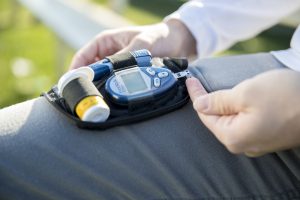
I have the ability to draw eyes from across a room and questions from even my closet friends include, “does that hurt,” or “why are you doing that” are part of my everyday life. For anyone wondering, no, it does not hurt. The needle is only an inch long and my body has become so used to it that I don’t feel it half of the time.
Another key aspect of managing my diabetes is keeping my blood sugar in check. Growing up, my target number has always been 100. To check my blood sugar, I use my meter. I prick my finger and hold the blood up to a test strip.
After waiting a few seconds, the meter will come back with a given number. If my number drops too low, I get fatigued and find it hard to move around. I also experience sweating and hunger. Eating or drinking carbs without bolusing will raise my number back into normal range. If my blood sugar gets too high, I feel sick and sometimes experience headaches. To lower my number, I inject myself with my pen without eating.
Many people are unaware of the fact that there are actually two types of diabetes. Type 1 diabetes is caused by the pancreas’ inability to produce insulin and is something that you are born with. There is no known cure for it, but researches are hard at work trying to find a cure. Type 2 is more common and is generally found in adults. There are several medicine options for this type.
Like I mentioned before, I used to question God’s plan behind my diagnosis. After realizing that diabetes isn’t necessarily a bad thing, I now know confidently that throughout all this time, God was at work. I believe that He gave me this disease to help strengthen my reliance on Him. I also believe that He wants me to demonstrate faith and perseverance for anyone else who may be going through a rough patch.
For another article, read: Andrew Palau shares personal story, encourages students.
This winter can be reached via Twitter: @_NickLeBlanc and via email: Nick LeBlanc.

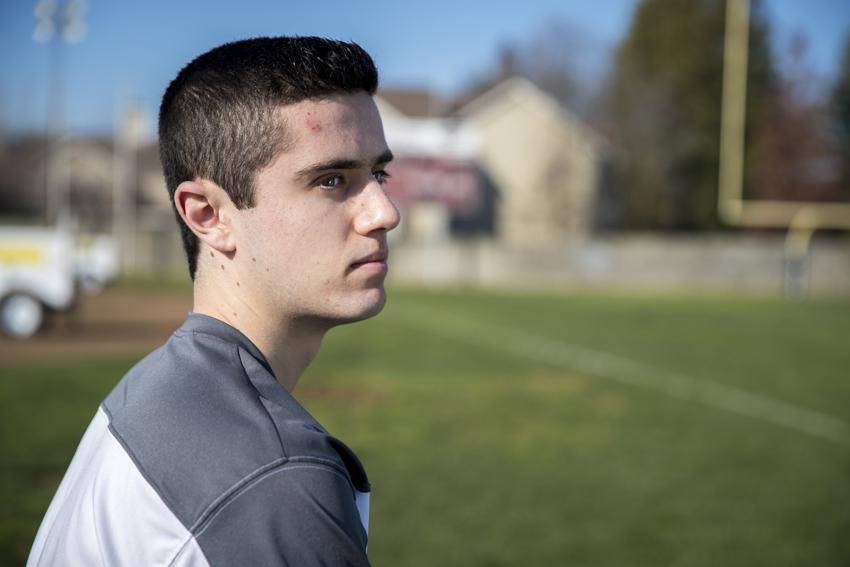

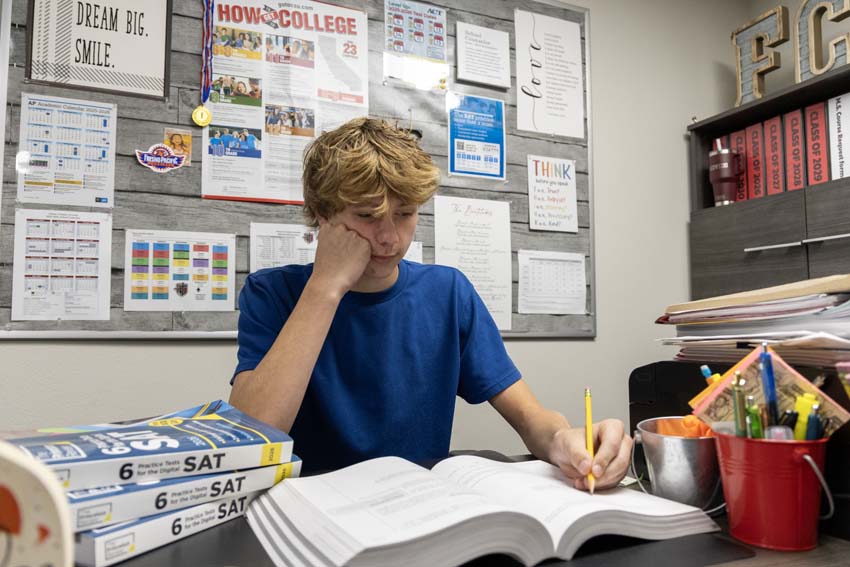
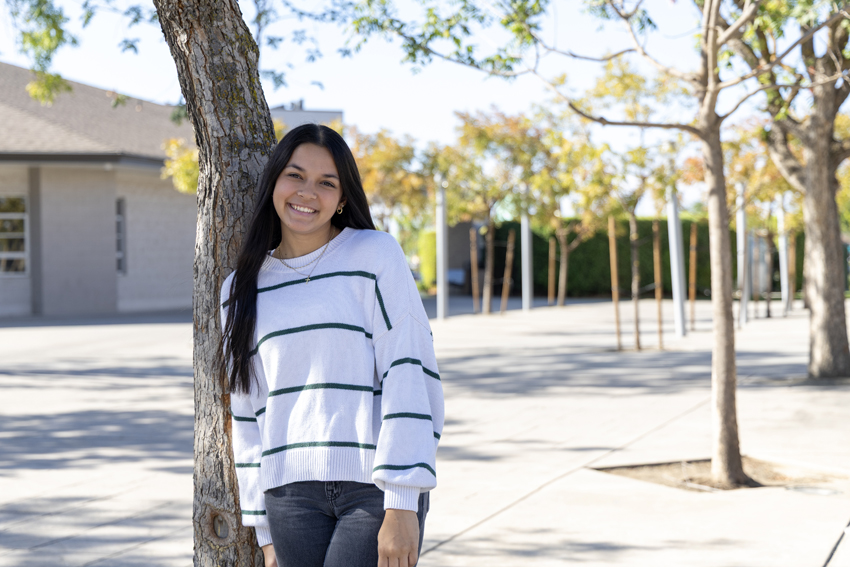
Julian Castro • Feb 21, 2017 at 11:23 am
NICK I BELIEVE IN YOU!
Zoe House • Feb 9, 2017 at 8:39 pm
Having graduated last year, I decided to check out the Feather to see how the ol’ high school was doing. Well, it was super cool to stumble upon your article! Coming up on the 29th of this year, I will be “celebrating” my first type one diabetes anniversary. Like you, I use pen injections instead of a pump.
I wonder what triggers the onset of type one diabetes. I don’t think researchers are completely sure, either.
Honestly, diabetes is exhausting. Have you ever experienced burn-outs? I certainly have. I really find your attitude admirable and encouraging. Great article!
Zhu Yunxi • Feb 7, 2017 at 12:36 pm
Stay Strong
Trevor Trevino • Feb 7, 2017 at 11:45 am
You’re such an overcomer Nick. Your basketball skills show that! Glad to call you my friend.